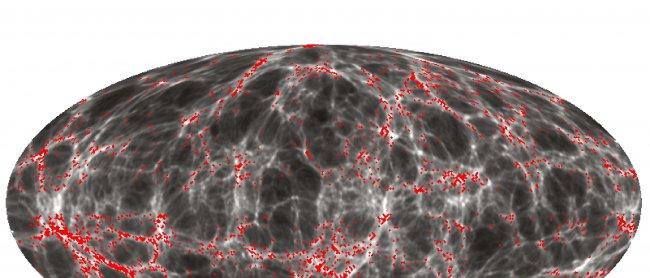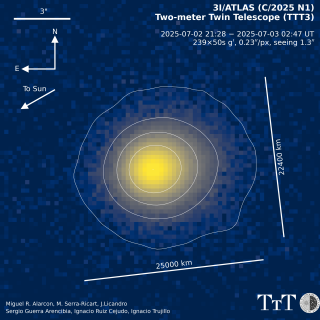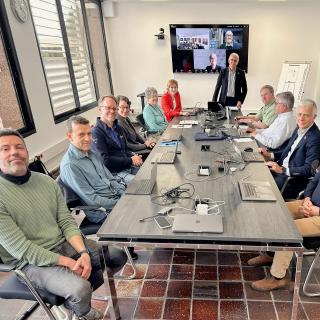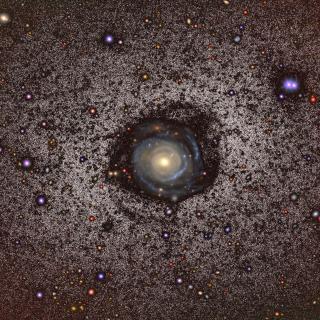What is dark matter, what are its properties, and what is its role in shaping the large scale distribution of the universe? What is dark energy and how does it influences the expansion of the universe? These, and others of the most important questions of cosmology will be part of next week’s event which will be held at the Hotel Rio Calma in Pájara (Fuerteventura), whose aim is to promote discussion on the most recent scientific advances about our knowledge of the universe.
This event will tackle those areas which need further research in cosmology, as well as to give a wider vision of the main topics in the field with specialist in the early universe, the formation of the first stars and galaxies (cosmic reionization), the local universe with its cosmic web, the statistical analysis of the maps of the large structure, the dark energy and the cosmic microwave background radiation. Directed towards students of Master’s degrees, doctorates, and postdoctoral fellows, will bring more than 80 people from Germany, Argentina, Chile, China, Colombia, Korea, the USA, Spain, France, the Netherlands, Norway, the United Kingdom, Romania, and Switzerland. Among them there are 6 winners of projects funded by the European Research Council (ERC), two leaders of European projects, nine holders of Ramon y Cajal Fellowships, and three holders of Marie Curie postdoctoral fellowships.
The increasingly accurate maps of the cosmic background radiation, thanks to the success of the satellite missions WMAP and PLANCK, the new generation of maps of galaxies (eBOSS, DES, DESI, EUCLID, HETDEX, J-PAS, J-PLUS, LSST, PAU, Taipan, Vipers, Wallaby, WEAVE, WFIRST o 4MOST) and the enable us to discover more and more details of the expansion and growth of the universe, the main focus of this meeting, where there will also be an effort to show the need to improve the theoretical models and the methods of analysis of present and future observations.
Scientific Organizing Committee:
- Francisco-Shu Kitaura (chair)
- Raúl E. Angulo
- José Alberto Rubiño Martín
- Nabila Aghanim
- Andrea Ferrara
- Will J. Percival
- Rien van de Weygaert
- Yun Wang
Local Organizing Committee:
- Francisco-Shu Kitaura (chair)
- Enrique de Ferra Fantín
- Ricardo Génova Santos
- Federica Guidi
- Ana Esteban Gutierrez
- Mónica Hernández Sánchez
- Damiano Pregnolato
- José Alberto Rubiño Martín
More information:
Contact:
- Francisco Shu Kitaura Joyanes: fkitaura [at] iac.es (fkitaura[at]iac[dot]es)
- José Alberto Rubiño Martin: jalberto [at] iac.es (jalberto[at]iac[dot]es)



